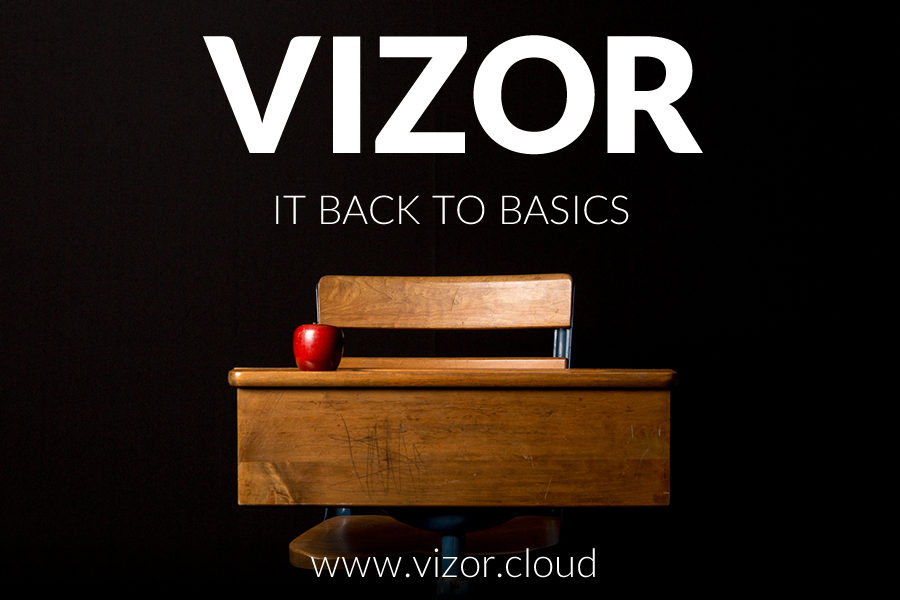Federation Against Software Theft & the Changing Landscape of Compliance
Federation Against Software Theft (FAST) has recently launched a new Damages Program with the intention of driving compliance for those organizations that still experience software misuse.
Essentially, FAST has always worked towards educating businesses about proper and legal software use. However, they have still been receiving reports of intentional illegal software use in recent years – the emphasis here being on “intentional”. While non-compliance as a result of unpaid or improper licensing in organizations has been targeted, there are still users who actually try to avoid the costs of proper software licensing. This intentional infringement is what FAST’s new program aims to stop.
Programs like this are certainly a crucial step when it comes to software piracy, but also remind us to re-examine the concept of compliance as a whole. Adobe has been getting media attention recently surrounding rumours of stopping their audit programs in the Americas and Europe. Although it may seem surprising, it does make sense that audits are getting less focus these days. Why? Firstly, rather than performing on-site audits, Adobe is actually now using a service that runs tests to check for non-genuine software, which they warn could cause security risks. These types of services could become more common for companies that traditionally perform audits. Secondly, software-as-a-service is rapidly growing and many are making the switch over to cloud solutions, which makes physical software audits unnecessary.
The implication of all this is quite straightforward: make sure you are properly managing SaaS/cloud subscriptions within your organization. Audits or not, software is moving over to the cloud, so surely it will become easier to monitor software fraud and some new models for compliance checks (like Adobe’s) may be created to replace traditional auditing. The bottom line reinforces what audits and compliance strategies have been focusing on for years: properly managing your software, in whichever form it may take. If your organization is primarily using software in the cloud, have a proper system in place to manage and monitor these subscriptions. Best practices include structured end-user allocation, central management of software purchases and agreements, renewal reminders in place and a strong provisioning process. All of these processes can be easily setup and automated in the Vizor system, to make the IT manager’s job streamlined and to ensure effective management of cloud solutions.
Do you need a tool to manage Software Licenses?





